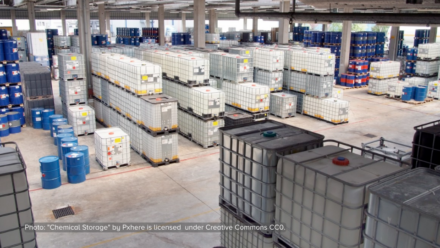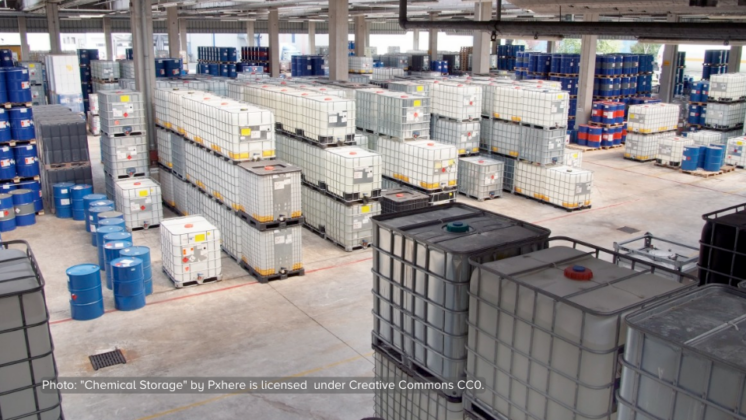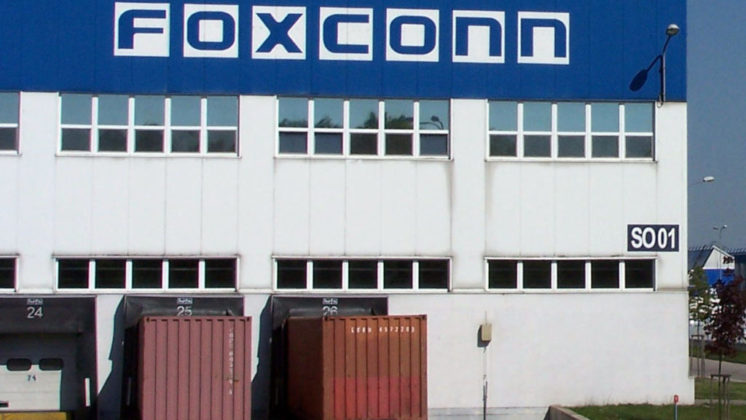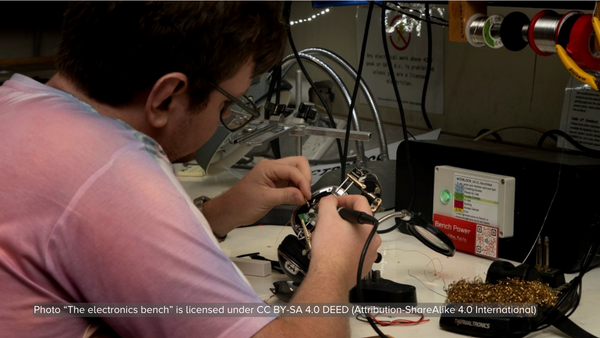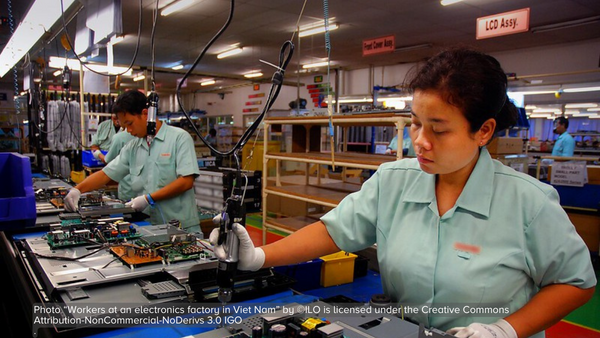An international group of environmental, legal and health NGO's welcomed today’s judgment by the European Court of Justice (ECJ) against the European Commission’s decision to exempt decaBDE, a brominated flame retardant, from a list of hazardous substances banned in the Restriction of Hazardous Substances (RoHS) Directive.
“Today’s ruling is a victory for common sense, good science and proper governance. Despite evidence of decaBDE’s grave risks to environmental and human health, which led to its being banned in the RoHS Directive, the Commission decided in 2006 to continue to allow the use of the substance. Leading electronics producers had already phased out the use of decaBDE in their products, proving that safer alternatives were already available,” said Doreen Fedrigo, EEB Policy Unit Coordinator. “The judgment over this decaBDE controversy will have positive repercussions around the world. Many countries have been closely watching the European situation and today’s ruling shows that the European Union has maintained its leadership in environmental protection and the promotion of safer chemicals.”
The plaintiffs - the European Parliament and Denmark, supported by Finland, Norway, Portugal and Sweden – lodged their legal case on the basis that the European Commission had been selective in the studies used to come to its decision to continue allowing the use of decaBDE even though alternatives were ‘practicable’, as the RoHS Directive stipulates. This decision also went against the opinion of the Commission’s own Scientific Committee on Health and Environmental Risks, which strongly recommended ‘further risk reduction’ on the basis of a risk assessment undertaken to help decide whether decaBDE should be included in the RoHS Directive list of banned substances.
Many leading electronics manufacturers including Dell, HP, Apple, Lenovo, Sony, Panasonic, Samsung and LG have already eliminated decaBDE from their products, a prime example of the redundancy of decaBDE and the innovative capabilities of the electronics industry. The European Commission’s attempt to legalise decaBDE clearly undermines environmental innovation, an integral part of the Lisbon Agenda.
Martin Hojsik, Toxics Campaigner for Greenpeace International, said, ”Scientific evidence shows that decaBDE is a widespread pollutant, with rapidly increasing levels in some species and the ability to form more persistent and bioaccumulative by-products. It therefore should have been banned within RoHS from the start. Under the pressure from the chemicals industry the Commission decided to allow the substance and thankfully the Court stopped this. We are relieved that in this case the environment and human health won over profits of an industry group.”
“DecaBDE has been found in house dust and on windows inside homes and it has been shown to break down into even more toxic and already banned forms of this family of chemicals,” said Christain Farrar-Hockly from Health and Environment Alliance. “The presence of decaBDE is ubiquitous in our environment and presents a continuous potential threat to the healthy reproductive development of children. After more than 10 years of EU risk assessment, more and more worrying science adds to decaBDE having an ill bill of health.”
"We're glad to see Europe is taking a leadership role in getting rid of these unnecessary flame retardants. Their decision today will bolster our efforts in the United States to require safer alternatives in place of
'deca'," said Maryland Delegate James Hubbard, President of the National Caucus of Environmental Legislators.
“We in the US and Canada are happy and relieved that good common sense and proper procedure has won the day,” added Beverley Thorpe of Clean Production Action. “The community of US state legislators who have restricted decaBDE, along with progressive businesses who have already eliminated it from their products as well as all our NGO community, congratulate the European Court on a just decision.”
For further information:
Doreen Fedrigo, EEB EU Policy Unit Coordinator, +32 2 289 13 04; email: [email protected]
Vanessa Bulkacz, EEB Press Officer, +32 2 289 13 09; email: [email protected]
Martin Hojsik, Toxics Campaigner, Greenpeace International, +421 905 313 395, [email protected]
Christian Farrar-Hockley, HEAL Policy Officer, +32 2 234 3644; email: [email protected]
Beverley Thorpe, International Director, Clean Production Action, +1 514 933 4596, email: [email protected]
Notes:
[1] NGOs particularly interested in the judgment include the following groups:
European Environmental Bureau (EEB) is Europe’s largest federation of environmental NGOs. www.eeb.org
Greenpeace International is an independent global campaigning organisation that acts to change attitudes and behaviour, to protect and conserve the environment and to promote peace. www.greenpeace.org/international
Health and Environment Alliance (HEAL) aims to raise awareness of how environmental protection improves health. www.env-health.org
Environmental Health Fund (USA) believes that a healthy environment is a human right. http://www.environmentalhealthfund.org
The National Caucus of Environmental Legislators (NCEL) is a US non-partisan, non-profit organisation formed in 1996 by state legislators who felt the need to communicate regularly about their efforts to enact progressive environmental legislation and alert each other to efforts to pass anti-environmental legislation in states across the United States. www.ncel.net
Clean New York is a project of Women's Voices for the Earth. www.clean-ny.org
Northwest Indiana Toxics Action Project (USA)
[2] DecaBDE is a brominated flame retardant, used widely in electrical and electronic goods found in households and offices (especially in high impact polystyrene (HIPS) casings), in vehicles and in certain textiles and fabrics, especially in back-coatings. DecaBDE is known to be a very widespread environmental contaminant, which can accumulate in the bodies of animals such as fish, foxes, and birds and can even be found in humans. DecaBDE is a prominent contaminant in dusts collected from houses and offices, as a result of its widespread use in electronics and furnishings, and indoor sources are increasingly thought to make a substantial contribution to overall human exposure. What's more, decaBDE can also debrominate (undergo partial degradation) in the environment, forming other PBDEs which are potentially more toxic, persistent and bioaccumulative than decaBDE itself.
[3] The Restriction of Hazardous Substances (RoHS) Directive came into force on 1 July 2006, requiring that new electrical equipment put on the market from this date does not contain any of the following six banned substances: lead, mercury, cadmium, hexavalent chromium, poly-brominated biphenyls (PBB) or polybrominated diphenyl ethers (PBDE) – which includes decaBDE- in quantities exceeding maximum concentration values. More details can be found on the European Commission web pages for the Waste Electrical and Electronic Equipment (WEEE) Directive, the sister directive to RoHS, at http://ec.europa.eu/environment/waste/weee/index_en.htm

